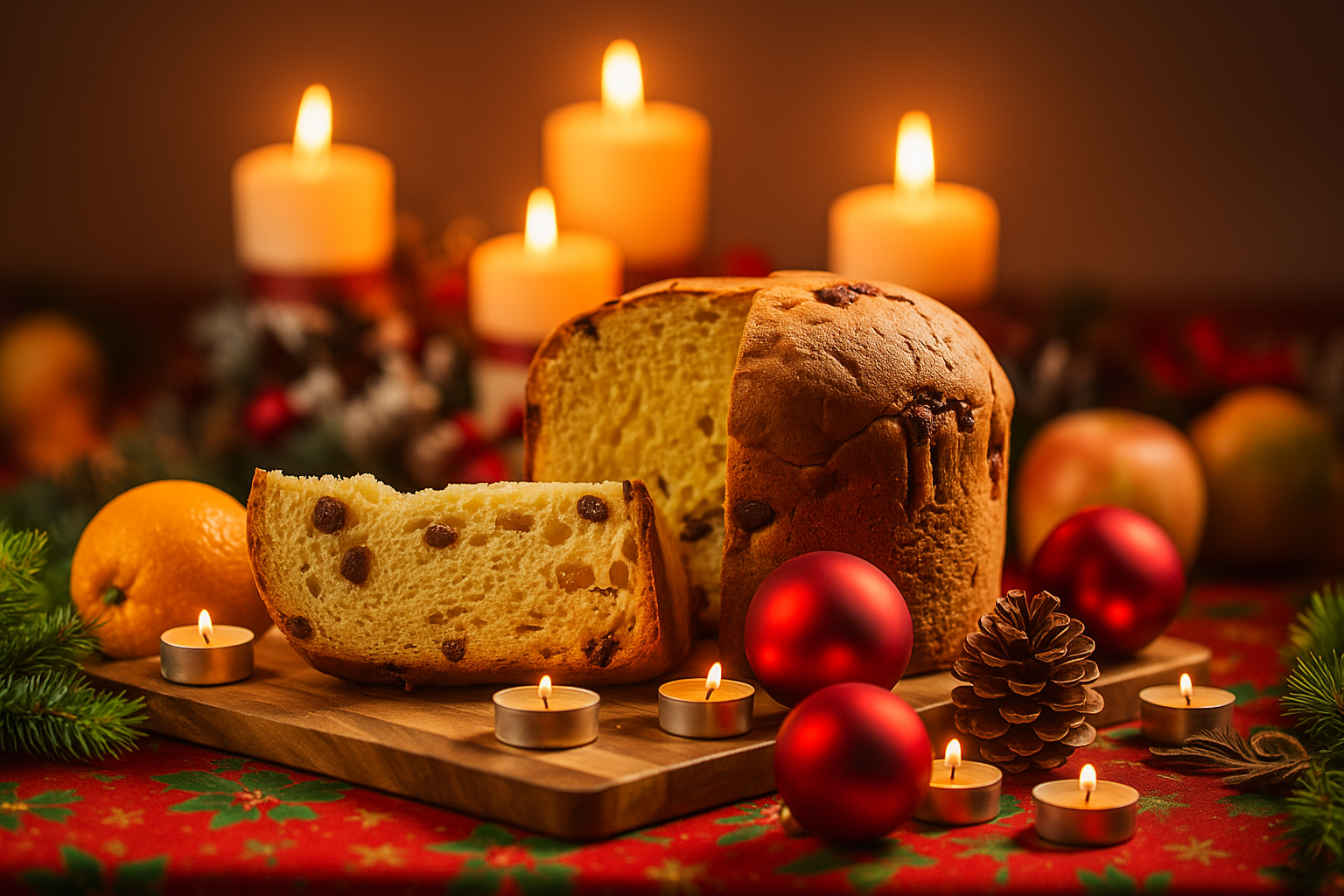Espresso machines are the heart of any coffee lover’s kitchen, offering the opportunity to create rich, aromatic, and authentic espresso shots right at home. These machines have come a long way from their early beginnings in 19th-century Italy, evolving into sleek, efficient, and versatile appliances. Today, they cater to a wide range of preferences, from casual coffee drinkers to seasoned baristas.
If you’ve ever wondered about the magic behind a perfect shot of espresso, the different types of espresso machines available, or how to choose the right one for your needs, this guide is for you.
What is an Espresso Machine?
An espresso machine is a device designed to brew coffee by forcing hot water through finely-ground coffee at high pressure. This process extracts the concentrated flavor and rich crema that distinguish espresso from other coffee brewing methods. Unlike drip coffee or French press, espresso delivers a robust, intense flavor in a small serving, making it the base for popular drinks like cappuccinos, lattes, and macchiatos.
A Brief History of Espresso Machines
The journey of the espresso machine began in Italy, where the first patent for a coffee machine was filed by Angelo Moriondo in 1884. However, it was Luigi Bezzera and Desiderio Pavoni who refined the design in the early 20th century, creating machines that produced the modern espresso we know today. The introduction of pump-driven machines in the 1940s revolutionized espresso-making, making it faster, more consistent, and more accessible to coffee enthusiasts around the world.
Types of Espresso Machines
Espresso machines come in various types, each catering to different levels of skill, convenience, and budget. Here’s an overview of the main categories:
1. Manual Espresso Machines (Lever Machines)
- How They Work: These machines require you to manually pull a lever to create the pressure needed to brew espresso.
- Who They’re For: Ideal for coffee purists and those who enjoy the process of crafting espresso by hand.
- Pros: Full control over the brewing process and often stunning, vintage designs.
- Cons: Steeper learning curve and more time-consuming.
2. Semi-Automatic Espresso Machines
- How They Work: You grind the coffee, tamp it, and start the brewing process, but the machine controls the water pressure.
- Who They’re For: Great for intermediate users who want a balance between manual control and automation.
- Pros: More consistency than manual machines while still offering customization.
- Cons: Requires some practice to master.
3. Automatic Espresso Machines
- How They Work: Similar to semi-automatic machines, but they automate the brewing time. You simply press a button, and the machine handles the rest.
- Who They’re For: Ideal for users who want convenience without sacrificing quality.
- Pros: Easy to use and consistent.
- Cons: Limited control over the brewing process compared to semi-automatic models.
4. Super-Automatic Espresso Machines
- How They Work: These machines handle everything—from grinding the beans to brewing the espresso and frothing milk.
- Who They’re For: Perfect for beginners or busy individuals who want quick and effortless coffee.
- Pros: Ultimate convenience and minimal effort required.
- Cons: Expensive and less customizable.
5. Capsule Espresso Machines
- How They Work: Use pre-packaged coffee capsules or pods to brew espresso with the push of a button.
- Who They’re For: Ideal for those who prioritize simplicity and speed.
- Pros: Extremely easy to use and low-maintenance.
- Cons: Limited to specific coffee pods and often more expensive per cup.
Key Features to Consider When Choosing an Espresso Machine
When shopping for an espresso machine, it’s important to consider your preferences, skills, and budget. Here are some key factors to keep in mind:
1. Pressure
The ideal pressure for brewing espresso is 9 bars. Look for a machine with at least this level of pressure to ensure a rich, full-bodied shot.
2. Boiler Type
- Single Boiler: Suitable for brewing espresso only, but you’ll need to wait between brewing and steaming milk.
- Dual Boiler: Allows simultaneous brewing and steaming, ideal for making milk-based drinks like lattes.
3. Grinder Integration
Some machines come with a built-in grinder, which is convenient and ensures freshly ground coffee for each shot. However, standalone grinders often offer more precision and customization.
4. Size and Design
Consider the amount of counter space available and the aesthetic of the machine. Compact models are great for small kitchens, while larger machines may include additional features.
5. Milk Frothing System
If you enjoy cappuccinos or lattes, look for machines with a steam wand or an automatic frothing system.
6. Ease of Cleaning
Machines with removable parts, automatic cleaning cycles, or easy-to-access drip trays make maintenance hassle-free.
Benefits of Owning an Espresso Machine
Investing in an espresso machine has numerous advantages, including:
- Cost Savings: Making espresso at home is more affordable in the long run than frequent trips to coffee shops.
- Customization: Control every aspect of your brew, from grind size to water temperature, for a truly personalized cup.
- Convenience: Enjoy café-quality coffee at any time without leaving home.
- Creative Freedom: Experiment with different beans, roasts, and techniques to create your perfect espresso.
Popular Espresso Machine Brands
When choosing an espresso machine, it’s worth considering reputable brands known for their quality and reliability. Some top names include:
- Breville: Known for user-friendly, high-performance machines.
- De’Longhi: Offers a wide range of options, from affordable models to advanced super-automatic machines.
- Gaggia: A trusted name in espresso machines with a focus on durability.
- Nespresso: Specializes in capsule-based machines for ultimate convenience.
- La Marzocco: A premium brand favored by professionals and serious home baristas.
Tips for Brewing the Perfect Espresso at Home
- Use Freshly Ground Coffee: Invest in a quality grinder to ensure the freshest flavors.
- Tamp Evenly: Use consistent pressure to evenly pack the coffee grounds into the portafilter.
- Preheat Your Machine: Allow your machine to warm up before brewing for optimal extraction.
- Experiment: Don’t be afraid to adjust grind size, water temperature, and brewing time to find your ideal shot.
Conclusion: Why Espresso Machines are Worth It
An espresso machine is more than just an appliance—it’s an investment in your daily coffee ritual. Whether you’re a casual coffee drinker or an aspiring home barista, there’s an espresso machine out there to suit your needs and budget. By understanding the different types, features, and benefits, you can find the perfect machine to bring the joy of café-quality espresso into your home.
So, whether you dream of pulling the perfect shot or savoring creamy cappuccinos on lazy mornings, an espresso machine is your ticket to elevating your coffee experience.




























Italian Dating & Chat for Italian Singles

Virtually meet thousands of like-minded Italian singles and connect at lightning speed; on desktop, tablet, and your beloved phone. Chat into the wee hours of the night if you’d like. Post photos, share your interests and dreams-we’ll help you look your best while you do it.Here we make it easy to meet Italian singles and feel things out first so when you do go on that first date, or meet for espresso, you can relax and be yourself. Try it now!





